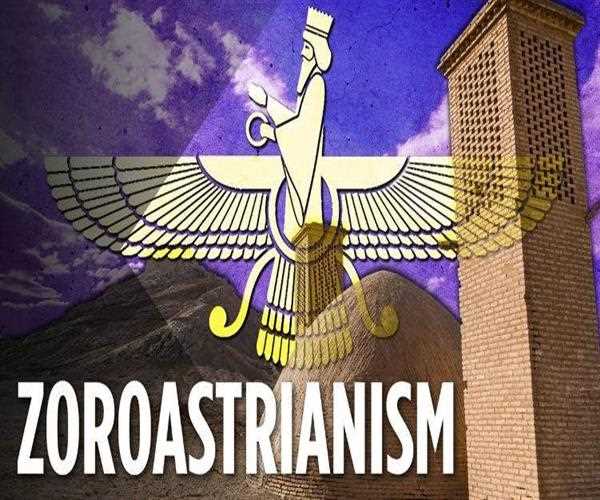Search here

24-Apr-2020
Understanding Zoroastrianism Today In Brief
Playing text to speech
Zoroastrianism was born in Persia. The same Persia, which we know today as Iran. Zoroastrianism was initiated by Zoroastrianism. Zoroaster was born in Azerbaijan in the seventh century BC. Zoroaster's father's name was Porusharp. His father was of the 'Spitama' dynasty. His mother's name was Dudradhova. She was of a superior lineage.
His demand is said to have given birth to him at the age of fifteen years. A Divine Prakash had entered Dudradhova's womb, from which Zoroaster was born.
Zoroaster was a miraculous child. The Zoroaster enjoyed performing various legends like Krishna. Many of his miraculous stories are discussed.
It is said that he started his studies at the age of seven. He had acquired the knowledge of religion and science by the age of Pradhan. Later came to his house Lot and then he spent his next fifteen years contemplating and meditating.
He practiced for a long time, then he got the light of knowledge. The date on which the Zoroaster attained enlightenment was five months 630 BCE. This date is considered the first year in Zoroastrianism.
The God of Zoroastrian knowledge is also called the God of Light. In this way, they call the light deity Ahura Mazda. Ahura Mazda is known to be the biggest deity of the Parsis. Zoroastrians worship Ahura Mazda Puja, the creator, and protector of the world. Thus the worship of Ahura-Mazda laid the foundation of Zoroastrianism.
Where Parsis do their religious prayer, it is called 'Fire Temple'. People who worship there also worship in their own way. Some of them worship four times a month and some people worship every day. Parsis do not burn nor bury their deceased. The strange thing is that they leave the dead body as it is. They eat vultures. The place where Parsis leave the dead is called the tower of silence. In this way, they leave the deceased on that terrace.
The Parsi children of seven and eight years have sacrificial rites like the Hindus. When the bride and groom sit in the pavilion at the time of marriage, the witnesses on both sides are present there. They are two in number and also more than 2. At the time of marriage, in the form of Coconut, Akshat, etc. are thrown on the bride and groom in the Hindus, similarly, in the Parsi religion, this ritual is also performed.
Some things in Zoroastrianism are similar to Christianity and some Hinduism. Like Hindus, Parsis also believe in heaven and hell. The Zoroastrians believe that the soul reaches the hereafter after death. The accounts of his deeds are seen there. Then the judgment is pronounced whether he is partaker of virtue or sin. There is a similar belief among Hindus.

Comments
Solutions
Join Our Newsletter
Subscribe to our newsletter to receive emails about new views posts, releases and updates.
Copyright 2010 - 2024 MindStick Software Pvt. Ltd. All Rights Reserved Privacy Policy | Terms & Conditions